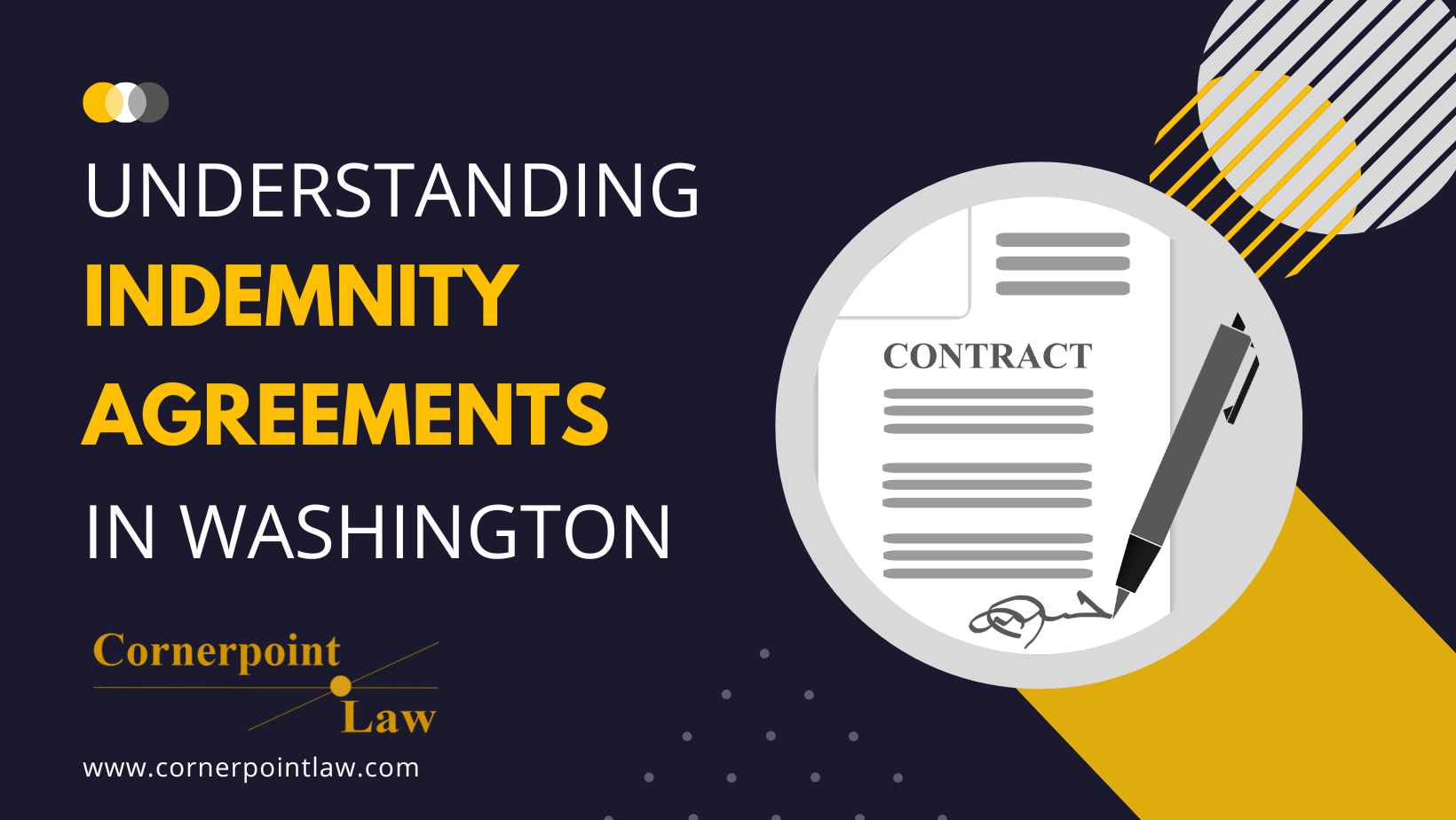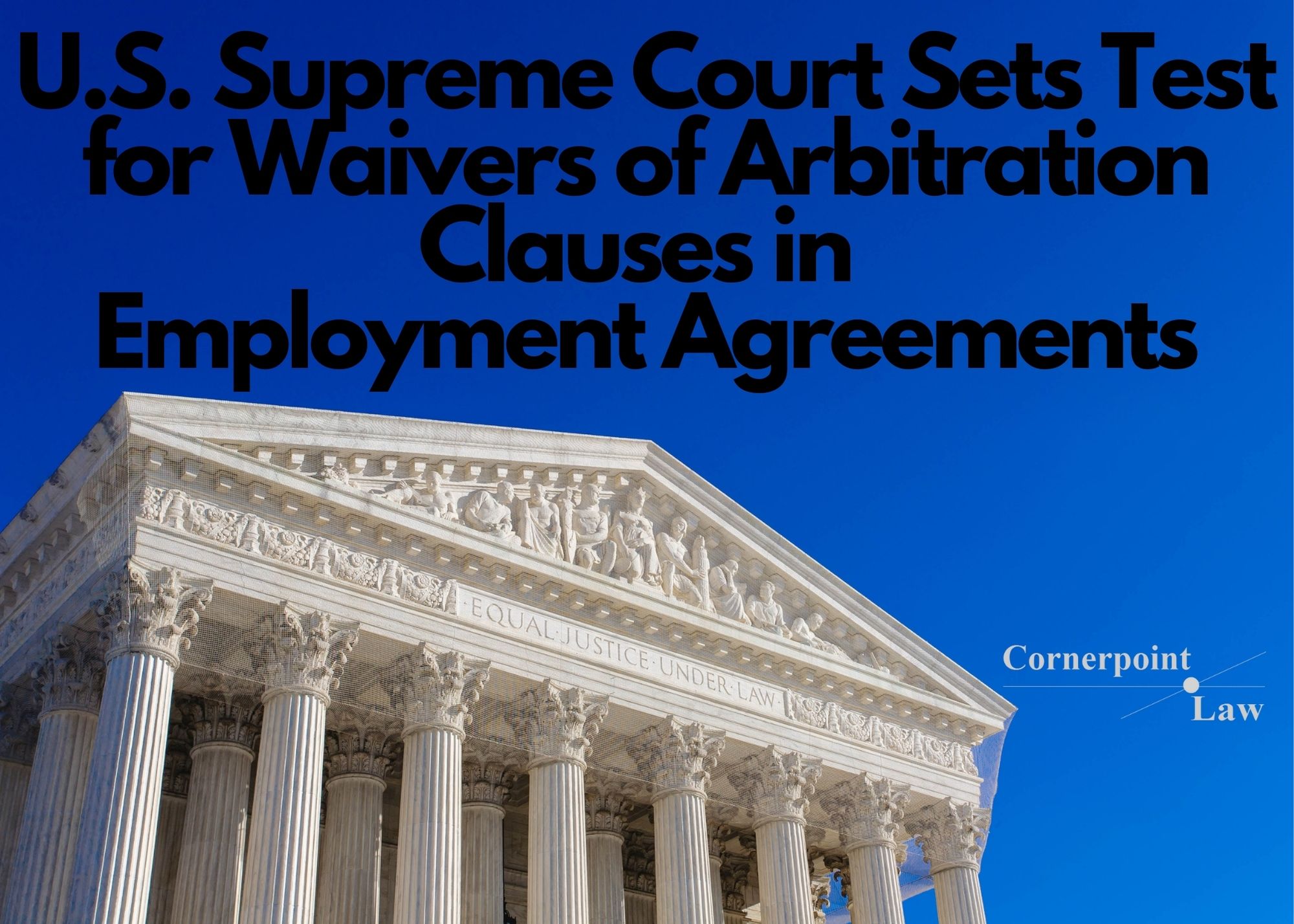The Court’s Finish Line: Trial
October 31, 2018
Unauthorized use and/or duplication of blogposts without express and written permission is strictly prohibited. Excerpts and links may be used, provided that full and clear credit is given, and with appropriate and specific direction to the original content.
The author of this post can be reached by phone at 206-693-2718 or by email.
Just Because You Can’t See It Doesn’t Mean It’s Not There
By Stacia Hofmann
For many businesses, the trial process remains elusive and vague. Trial is expensive and risky, and, because of this, only a small percentage of civil cases make it to trial. However, don’t forget that trial is indeed the eventuality in every lawsuit that is not settled, dismissed, arbitrated, or decided by the judge on motions. It’s there, even if you can’t see it.
The purposes of this blogpost is to provide a high-level overview of some of the main components of the pre-trial and trial processes.1 This is the final post in Cornerpoint’s blog series about civil litigation and the trial courts in Washington. We previously covered the various civil courts, the initial pleadings that start a lawsuit, the discovery process of gathering information, and using motions to request the judge’s assistance.
The Parties Provide Advance Notice of Exhibits and Testifying Witnesses
Real courtroom life is not like the movies. New witnesses and last-minute “smoking gun” documents are very rare for the simple reason that trial by ambush is not encouraged in our justice system. Instead, the parties exchange evidence in the discovery process, and also provide advance notice to the other (and usually the judge) of the witnesses that will be called to testify and the documents, called “exhibits,” that will be submitted.
Courts and judges handle the “how” and the “when” of the disclosure of trial exhibits and witnesses differently. For example, some courts use a formula and decide the deadlines when the case is filed; other courts wait until closer to trial or leave it to the judge’s discretion.
Furthermore, in Washington state courts, a special evidence rule, ER 904, paves the way for the parties to streamline exhibits in advance of trial. That way, the attorneys and judge do not waste valuable time dealing with documents that everyone agrees are proper evidence.
A Trial Brief Acts as a Road Map
By the time the parties get to trial, they should know all of the evidence and how the law applies to the case. The parties obviously disagree over some aspect of the evidence or the law or how the two come together; otherwise, there would be no need for a trial. The judge should be looped in. Each party may submit its own “Trial Brief” arguing its position to help the judge understand the dispute and the key issues.
Jury or Judge?
In every Washington civil venue except Small Claims and arbitration, a party may “demand” a jury, in which case trial goes before a jury. If neither party demands a jury, the trial goes before a judge in what is called a “bench trial.”
A Civil Jury Trial: The Parties + The Judge + A Jury
Most Washington civil litigants opting for a jury trial choose 6-person or 12-person juries. To pick a jury, the parties go through the “voir dire” process, where attorneys ask potential jurors questions to draw out possible biases and determine fit for the particular type of case.
Jurors are not presumed to know the law. Instead, “Jury Instructions” must be given so that the jurors know their responsibilities and how to apply the law to the evidence they see and hear. Jurors also need guidance on how to deliberate and reach a “Verdict” – or a conclusion. The parties are generally responsible for preparing these instructions and forms for the jury, and if there is disagreement, the judge makes the final determination without the jury present. The judge also decides motions in limine and the appropriateness of certain evidence outside of the jury’s presence.
A Civil Bench Trial: The Parties + The Judge
In a bench trial, the judge takes on the jury’s role of deciding the facts of the case and how the law treats those facts. There is no need for Jury Instructions in a bench trial. Instead, the judge provides a written summary of his or her decision in an aptly named pleading called “Findings of Fact and Conclusions of Law.” Each party typically submits its own desired version of the Findings of Fact and Conclusions of Law, but the judge can write his or her own.
Opening Statements and Closing Arguments
Opening statements and closing arguments are the bookends to the presentation of exhibits and witness testimony in either a jury trial or a bench trial. In opening statements, the attorneys deliver monologues about the important evidence that will be presented; in closing arguments, they summarize the evidence again, this time with specific reference to the law and the party’s position on how the law applies to the evidence.
 Judgment: Making It Official
Judgment: Making It Official
After the judge issues Findings of Facts and Conclusions of Law in a bench trial, or a jury issues its Verdict, the judge may enter a “Judgment” to reflect the result of the trial. The Judgment is the official court document that sums up the parties’ rights and obligations.2
Conclusion
The trial process really illustrates the law’s emphasis on structure and transparency. When business owners and managers understand the parameters of and requirements for trial, as well as the rest of the civil court process, they may develop more appropriate strategies for litigation…and for avoiding it. Ultimately, keeping the finish line in mind — and looking toward the resources, risks, and routes it will take to get there — is what risk management is all about.
This blog is for informational purposes only and is not guaranteed to be correct, complete, or current. The statements on this blog are not intended to be legal advice, should not be relied upon as legal advice, and do not create an attorney-client relationship. If you have a legal question, have filed or are considering filing a lawsuit, have been sued, or have been charged with a crime, you should consult an attorney. Furthermore, statements within original blogpost articles constitute Stacia Hofmann’s opinion, and should not be construed as the opinion of any other person. Judges and other attorneys may disagree with her opinion, and laws change frequently. Neither Stacia Hofmann nor Cornerpoint Law is responsible for the content of any comments posted by visitors. Responsibility for the content of comments belongs to the commenter alone.





